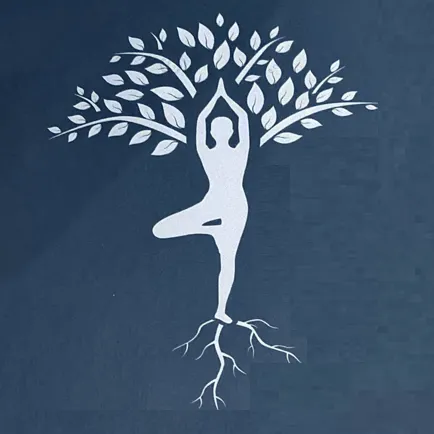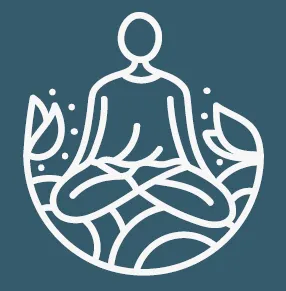Blogs
Written by Elke Hottentot

Bhagavad-gītā in daily life in 2023
Bhagavad-gītā in daily life in 2023
The Bhagavad-gītā contains so much wisdom, one that is age-old yet contains lessons that hold until today. It therefore does not come as a surprise that it is a foundational text for yoga. Below, I have selected one paragraph that contains one of the many pearls of wisdom contained in this text, followed by my commentary on why śloka II 47 and 48 are important to me and how I apply these in my daily life and when teaching yoga.
“You have a right to perform your prescribed duty, but you are not entitled to the fruits of action. Never consider yourself the cause of the results of your activities, and never be attached to not doing your duty” (II – 47)[1].
“Perform your duty equipoised, O Arjuna, abandoning all attachment to success or failure. Such equanimity is called yoga” (II - 48)[2].
To help me better understand the notion of ‘abandoning all attachment’, I read Easwaran’s commentary on the Bhagavad-gītā. He quotes Mahatma Ghandi’s understanding of detachment and renunciation of fruits:
“By detachment I mean that you must not worry whether the desired result follows from your action or not, so long as your motive is pure, your means correct. Really, it means that things will come right in the end if you take care of the means and leave the rest to Him.”[3]
Renunciation of fruits “…in no ways means indifference to the result. In regard to every action one must know the result that is expected to follow, the means thereto, and the capacity for it. He who, being thus equipped, is without desire for the result and is yet wholly engrossed in the due fulfilment of the task before him, is said to have renounced the fruits of his action.”[4]
What can I do in my day-to-day life to live up to sloka II 47 - 48? What comes to mind when I read this passage is the notion of ‘the journey, not the end in and of itself is the goal of our actions’. Living up to this philosophical statement presents as an enormous challenge in my life today. Where to begin?
Up until very recently, I lived a life that was driven by the desire to experience the world as much as possible. This was, as I saw it, the key to happiness, to fulfilment. As a result, my life is full of rich experiences; I have lived in many places in the world, made friends amongst people of all walks of life and done work that was fascinatingly diverse. In the desire to learn as much about myself and the world around me, I pursued a wide variety of spiritual paths leading me to participate in silent meditation retreats, practice yoga, read sacred texts and study with the Brahma Kumari and Native Elders. Yet despite my ability to realize the life that I thought I wanted to live, I have become aware of the fact that only rarely did I attain the sense that I was exactly where I should be. More often, I thought that yet something else around the corner would give me that seemingly easily attainable notion that ‘it is good as it is’.
The following section was written about three years ago, as such it is written in the past tense.
When becoming the mother of an adorable baby boy four years - something I had longed for, for what seemed to be a very long time - I realized that in as much as I could not imagine my life without him, the life I lived before used to seem exponentially more attractive than I experienced it to be when I lived it. As sad as that was, it was also interesting as it presented me with an awareness that I lacked before; an awareness that I apparently was incapable of appreciating what is, and instead lived with the delusion that the next thing around the corner was somehow better than that what presented itself in the present moment, in the here and now.
So, in one sense and another, I actually lived my life contrary to the wisdom of the Bhagavad-gītā. Rather than appreciating what was, I long lived for ‘the next thing around the corner’. I lived my life as if I had forgotten the fundamental distinction between the temporary material body and the eternal spiritual soul. In doing so, I devalued the journey for the sake of attaining the end goal – the fruits - in the delusion that happiness or fulfilment can somehow lie in the future whilst all the while knowing the nothing can be attained but in the here and now.
These two slokas continue to call me to the task to act to the best of my possibilities, but without any expectation of results of these actions. The practice of yoga strengthens my ability to be in the present moment, rather than being in thought about some projected future. Living in the present moment, there no longer is room for expectations.
Having shared with you how the Gītā’s timeless wisdom holds its truth for me today, a woman living in the year 2012, I will now describe how I bring these two slokas alive for my students when I teach a yoga class.
A red thread through all my classes is bringing awareness to the here and now and finding peace with what is. The practice of yoga is particularly suited to experiment with this, as invariably there will be exercises, whether postural or other, that are challenging and perhaps impossible to perform. The call of the ego – ever so attached to realizing its own expectations – often makes students go beyond their own limits. To avoid this, I adapt exercises where necessary. I encourage them not to compare themselves with others on the mat and that perfection of a given exercise is not the aim. By way of teaching presence rather than projecting a desired execution of a posture, I remind students over and over again to stay focussed on their breath. I explain that breath does not flow when our mind is fixed on a desired state, but that it does flow when we are one with that what presents right now. And when we are one with that what presents now, whether pleasant or not, we are free from attachment. I talk about how attachment is linked to suffering, and ultimately, steers us off the path that can liberate us.
[1] A.C. Bhaktivedanta Swami Prabhupadā (1986): The Bhaktivedanta Book Trust, Kings Cross, Bhagavad- Gitā: As it is, p. 134.
[2] Idem, p. 136.
[3] Easwaran, E. (2010). Nilgiri Press, Tomales, The Bhagavad Gita, p. 54
[4] Idem.
.






